What is the grade of Blue Mountain Coffee? Introduction to the flavor characteristics of the varieties and producing areas of Blue Mountain Coffee
For those who come to Qianjie for coffee, if they like sour fruit, Qianjie will recommend African beans. If they like bitter ones, they will have Amway Indonesian and Brazilian coffee. If they like to balance the taste, Qianjie suggests drinking blue mountain No. 1 coffee with a balance of sour, bitter, sweet and mellow.
The variety of Blue Mountain Coffee is "Iron truck".
The breed of Jamaican Blue Mountain Coffee is an ancient variety known for its elegant and pure flavor. I believe friends who have known about coffee varieties must know that iron pickup has the longest history, and all Arabica varieties we see today are descendants derived from iron pickup and bourbon.
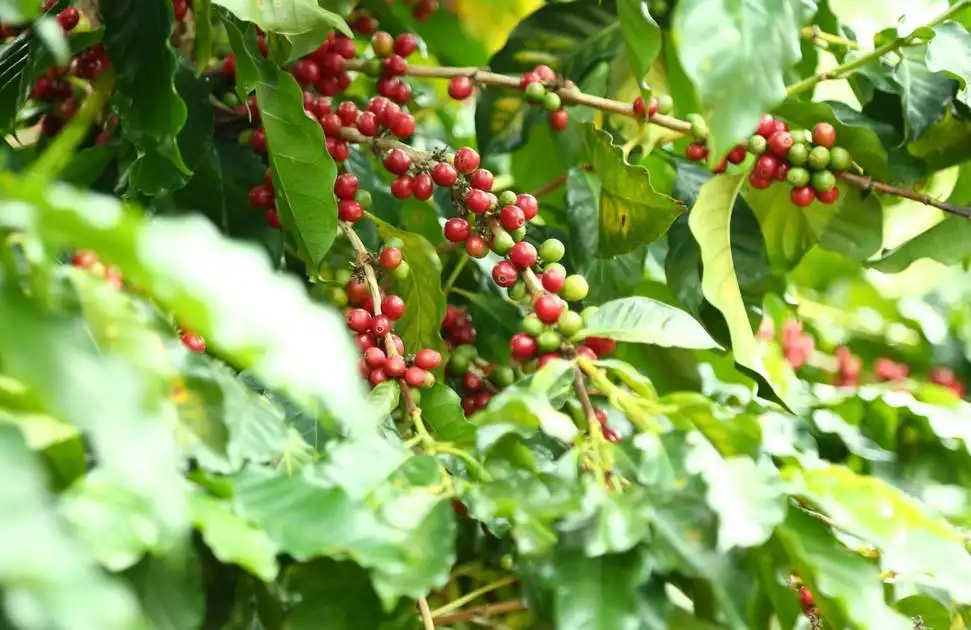
The reason why the iron pickup is no longer widely planted is that it has a weak physique, poor disease resistance and very little yield per plant. It has been more than 200 years since iron pickup was introduced to Blue Mountain in the 18th century, and the iron pickup of Blue Mountain has also adapted to the local island type and evolved a better ability of disease resistance, among which the coffee berry disease will be much stronger than the general tin card. Qianjie believes that the delicate and clean flavor of Blue Mountain is inseparable from Jamaica's careful cultivation of tin card varieties.
Blue Mountain one Coffee is the highest grade.
According to the Coffee Industry Management Act of Jamaica, the growing areas of Blue Mountain Coffee are mainly distributed in the districts of St. Andrew, St. Thomas, Portland and St. Mary, and it is expressly stipulated that only the Iron pickup Coffee growing in 910-1700m can be named Jamaica Blue Mountain Coffee Jamaica Blue Mountain. The total area of the four producing areas is about 6000 hectares, accounting for 1 hectare of the entire Blue Mountain growing area, while another 1200 hectares of land is used for the cultivation of Jamaican alpine coffee and Jamaican preferred coffee. In recent years, less than 15% of coffee beans produced in Jamaica can be labeled as Blue Mountain Coffee, which can be said to be very rare.
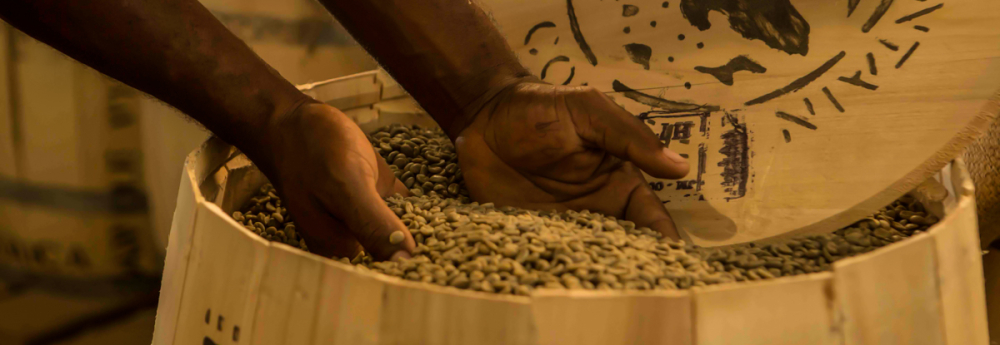
According to the strict regulations of the Jamaican Coffee Industry Committee CIB, Jamaica Blue Mountain Coffee will be divided into Blue Mountain 1, Blue Mountain 2, Blue Mountain 3 and Blue Mountain Round beans, of which the most advanced Blue Mountain 1 coffee beans must meet the specifications of more than 17 mesh, the proportion of defective beans must not exceed 2%, the moisture content is about 10-12.5%, and the cup test has the right sour, sweet, bitter, mellow and fragrant. It is conceivable that the number of superior coffee beans with such exquisite flavor is very small.
In order to better maintain the moisture content of raw coffee beans in the process of transportation, Jamaica uses hand-made round barrels to pack the export of Lanshan No. 1, No. 2 and No. 3 raw beans. There are three specifications: 70kg, 30kg and 15kg respectively. Other grades of Jamaican coffee are exported in 60 kg gunny bags.
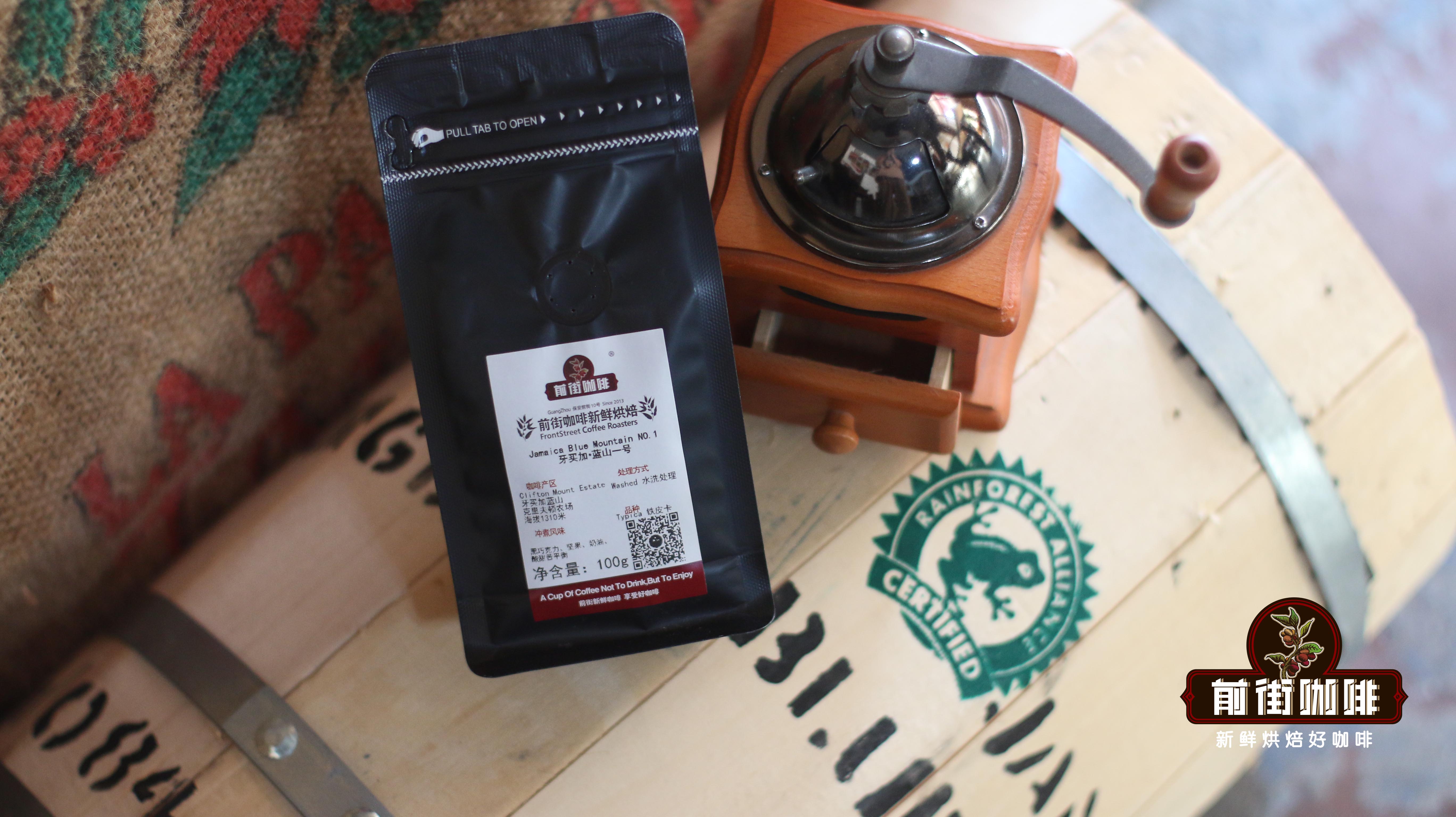
The Blue Mountain Coffee on the front street is the highest-grade Jamaican Blue Mountain No. 1 coffee bean, which comes from Clifton Manor and is traditionally washed. In order for everyone to observe and identify the authentic Blue Mountain Coffee, there are buckets for raw beans and a certificate of origin issued by Clifton Manor in the front street.
Clifton Manor
Founded in the 1890s, Clifton Manor is one of the oldest coffee farms in Jamaica and is a certified member of the Tropical Rainforest Alliance. If you look at the log barrel of Blue Mountain raw beans, you can see the green rainforest water frog logo printed on it.
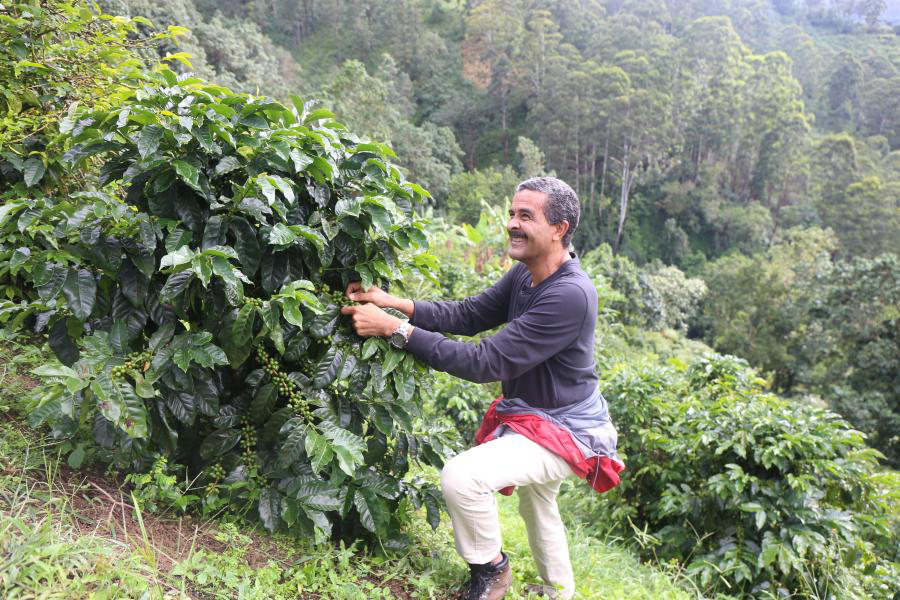
Clifton Manor is located in the scenic Clifton Hills, the coffee planting area and processing plant are about 1310 meters above sea level, and the high altitude forms a certain temperature difference, which prolongs the ripening of coffee cherries and has sufficient time to absorb nutrients. The whole coffee production process adheres to the environmental protection concept of sustainable development, reducing all kinds of pollution to a minimum, the removed coffee pulp will be converted into organic fertilizer, and the water used in the treatment plant is recycled.
Washed Blue Mountain No.1 Coffee
Clifton Manor puts the harvested coffee cherries in a pool, separates ripe and immature beans by flotation, and then uses the water in the conveyor belt to send the ripe coffee cherries into a peeling machine to peel off the peel. After removing the peel, the coffee beans with mucus and amniotic membrane were put into the pool to ferment. After mucus fermentation, the water flow agitation was used to remove the mucus residue, and then the clean coffee beans with amniotic membrane were dried. After reaching a certain water content, the coffee beans were placed in the warehouse. The washing treatment reduces the defect rate of Blue Mountain Coffee, has a clearer flavor, has a higher cleanliness, and maintains a more stable quality.
Blue Mountain No.1 coffee tastes so good.
The Jamaican Coffee Industry Committee suggested that the baking degree should highlight the traditional flavor of Blue Mountain, and the front street roasters followed this point, using medium-to-deep roasting to make Blue Mountain No. 1 coffee full-bodied while retaining soft acidity. With the deepening of roasting degree, the texture of coffee beans will become loose, and after grinding into powder, it is easy to absorb more water and release more soluble substances, which is prone to over-extraction. Therefore, Qianjie baristas recommend moderate grinding and not too high water temperature, where the water temperature is 87-88 degrees Celsius, and the coffee powder chooses the thickness of 75% of the standard screening rate of No. 20.
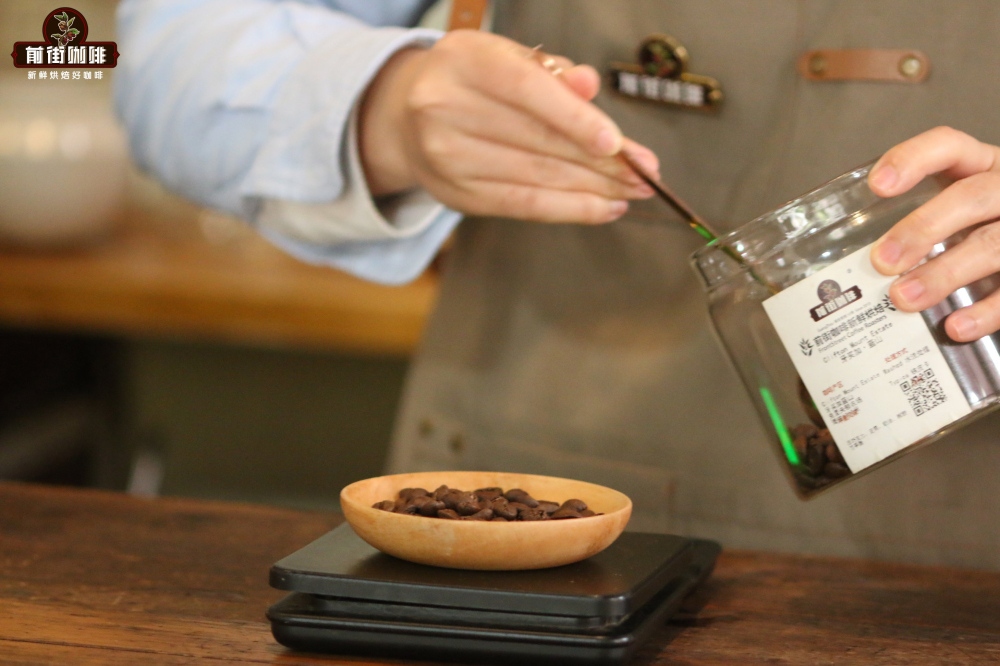
In order to highlight the mellow and round taste of Lanshan No. 1 coffee, Qianjie will use KONO coffee filter cup for extraction. KONO's ribs are less than half the height of the filter cup, and this design is actually designed to ensure that the filter cup is wet and close to the wall of the filter cup to limit the airflow, which will increase the water absorption time of coffee powder particles and make the extracted coffee more uniform as a whole.
Cooking parameters: 15g powder, powder / water ratio 1:15, grinding degree: EK43s scale 10.5 (China 20 standard sieve rate 75%), water temperature: 87g 88 ℃, cooking technique: staged extraction.
Place the filter paper in the KONO filter cup and fill it with water to wet the filter paper and make them fit better. Pour in the coffee powder and gently pat to distribute the powder evenly. The first stage is gently injected with 30 grams of water for steaming for 30 seconds, and the second stage is injected with about 125 grams of water to circle evenly and smoothly outward. Then wait for the coffee liquid to drop, drop to half, inject the last section of water to 225 grams, wait for the coffee to fall behind, the general total extraction time is about 2 minutes.
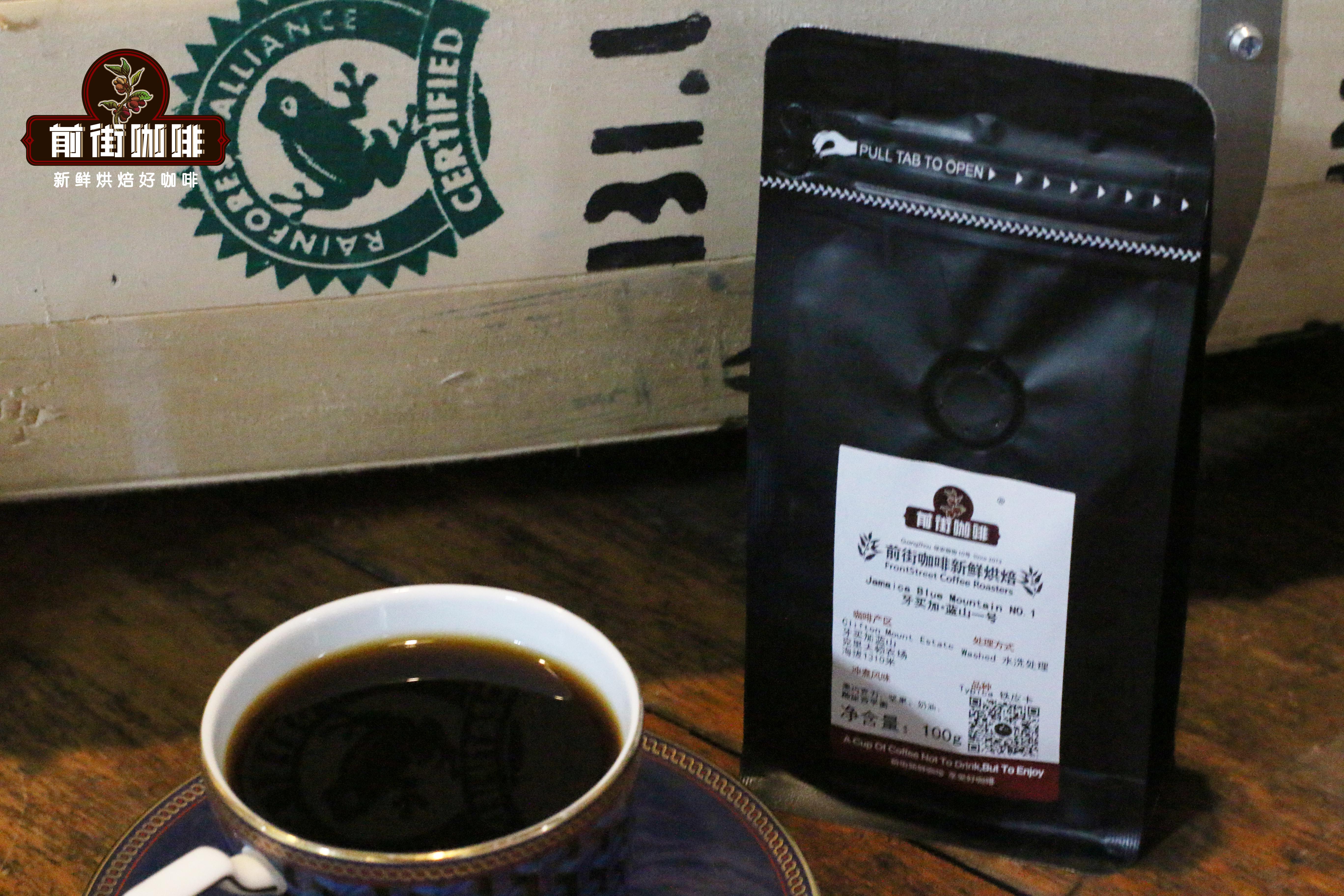
Hand-made Blue Mountain No. 1 coffee flavor: at high temperature, the entrance of Blue Mountain No. 1 coffee is dark chocolate aroma, very mellow, the return of almonds is obvious. As the temperature drops, baked hazelnuts and cream are sweet and silky, with a hint of soft acidity and caramel sweetness, and the aroma lasts in the mouth.
Professional coffee knowledge exchange more coffee bean information please follow the coffee workshop (Wechat official account cafe_style)
For more boutique coffee beans, please add private Qianjie coffee on Wechat. WeChat account: qjcoffeex
Important Notice :
前街咖啡 FrontStreet Coffee has moved to new addredd:
FrontStreet Coffee Address: 315,Donghua East Road,GuangZhou
Tel:020 38364473
- Prev
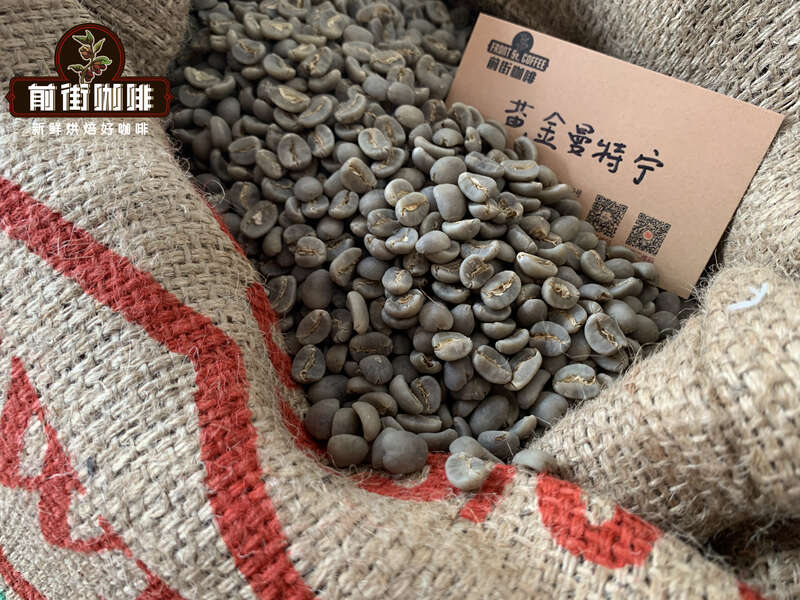
Golden Mantenin Coffee drink Blue Mountain Coffee beans taste and flavor differences hand-brewed course
In Indonesia, coffee is not usually named after Indonesia, but the name of the island that produces coffee on the front crown of the coffee. Among them, Sumatra Manning, Java and Sumatra Ancora are considered to be one of the best coffee in the world, especially Manning coffee, which is popular in the world and is called the most mellow coffee in the world. Today, the editor will bring you to taste it together.
- Next
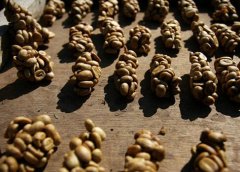
How did Kopi Luwak come from? Does Kopi Luwak taste good?
Many people are surprised to hear Kopi Luwak for the first time. Why is cat poop associated with coffee? Kopi Luwak, to be exact, should be called civet coffee, which is extracted and processed from civet poop. Although it seems to be very tasteful, it has countless fans around the world, and the price is high. The origin of Kopi Luwak Kopi Luwak, also known as musk
Related
- Detailed explanation of Jadeite planting Land in Panamanian Jadeite Manor introduction to the grading system of Jadeite competitive bidding, Red bid, Green bid and Rose Summer
- Story of Coffee planting in Brenka region of Costa Rica Stonehenge Manor anaerobic heavy honey treatment of flavor mouth
- What's on the barrel of Blue Mountain Coffee beans?
- Can American coffee also pull flowers? How to use hot American style to pull out a good-looking pattern?
- Can you make a cold extract with coffee beans? What is the right proportion for cold-extracted coffee formula?
- Indonesian PWN Gold Mandrine Coffee Origin Features Flavor How to Chong? Mandolin coffee is American.
- A brief introduction to the flavor characteristics of Brazilian yellow bourbon coffee beans
- What is the effect of different water quality on the flavor of cold-extracted coffee? What kind of water is best for brewing coffee?
- Why do you think of Rose Summer whenever you mention Panamanian coffee?
- Introduction to the characteristics of authentic blue mountain coffee bean producing areas? What is the CIB Coffee Authority in Jamaica?

